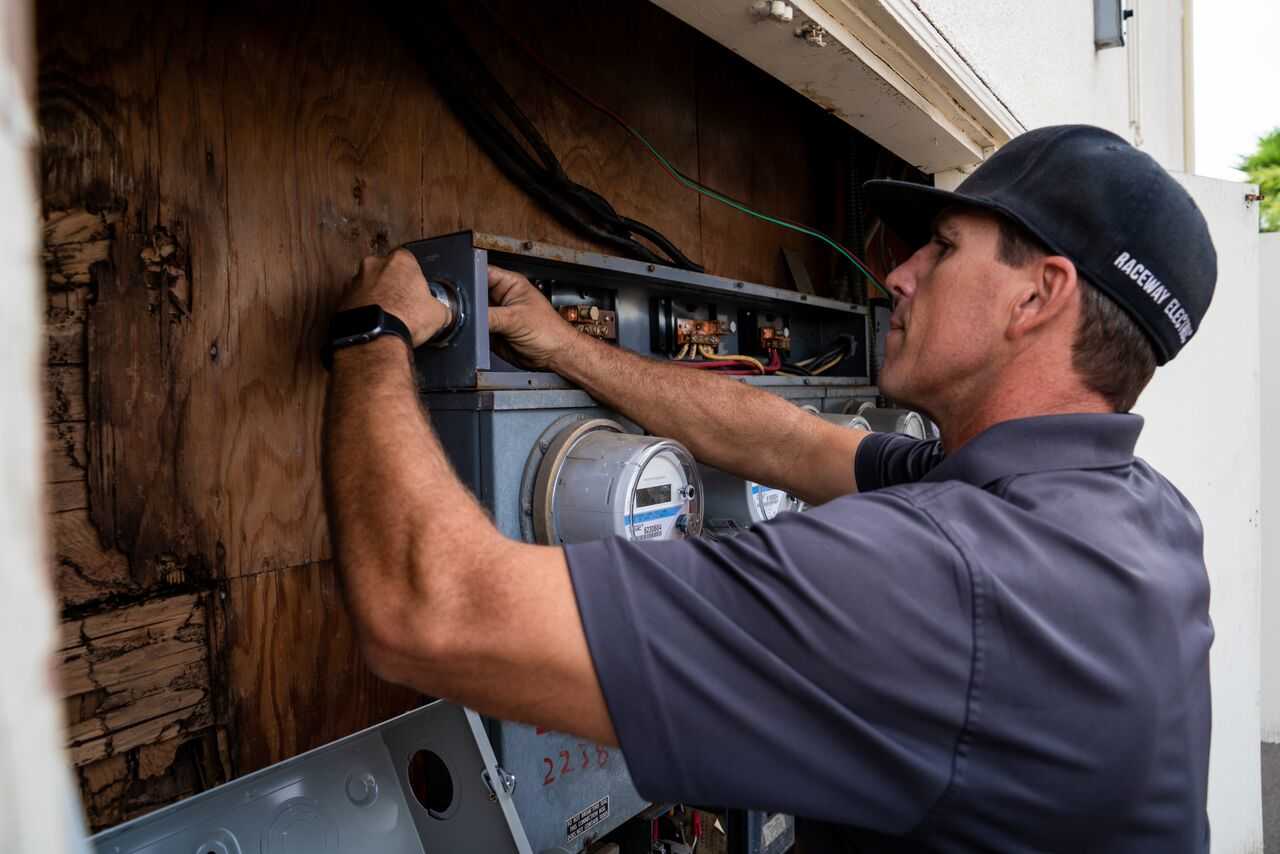Severe workforce shortages could wreak havoc for the construction industry in the years immediately ahead. As revealed during the “Workforce Development” panel discussion held at the National Lighting Bureau’s Annual Lighting Forum, “U.S. code officials’ average age is 55–64, with 31 percent preparing to retire within five years, and more than half—51 percent—preparing to retire in the next 5–15 years.” Who will train replacements, an especially daunting task given the extent to which code officials will need working knowledge of new technology?
Electricians, plumbers, carpenters, welders, and other construction-industry specialists—even building code personnel—are retiring in record numbers and, in some areas, are virtually impossible to replace. The looming, critical shortages create significant opportunities, with employers providing great pay, great benefits, on-the-job training, continuing education, and mentoring programs, among other things. The problem? Attracting younger people who believe it is more prestigious to pursue “white-collar” opportunities, even though many of them pay less but still require a costly college education.
Three experts addressed the issue at the National Lighting Bureau’s 2017 Annual Lighting Forum: Madeleine Bugel, Program Manager, National Electrical Manufacturers Association (NEMA); Terry C. Coleman, of the Electrical Training Alliance; and Sara C. Yerkes, Senior Vice President, Government Relations, International Code Council (ICC).
EdisonReport Editor and Publisher Randy Reid moderated the discussion, initiating it with Ms. Bugel. She summed up the situation by noting, “A lot of institutional knowledge in the electroindustry is retiring, and there’s just not enough new applicants to fill those spots.” For that reason, she said, NEMA has created a strategic initiative for workforce development.
Mr. Coleman commented that unions like the International Brotherhood of Electrical Workers (IBEW) are facing the same problem, affecting owners, developers, and constructors ability to get the work done. He said that today’s average tradespersons are in their late 40s and early 50s. And insofar as code officials are concerned, the problem is about the same. Ms. Yerkes reported that code officials average age is 55–64, with 31 percent preparing to retire within five years, and more than half—51 percent—preparing to retire in the next 5–15 years, all at a time when new technology is creating a whole new curriculum to master.
The biggest impediment to attracting younger people is overcoming stereotypes that stigmatize the trades. All too many high-school students, guidance counselors, returning veterans, and women see the work as what it used to be: dirty, boring, and not particularly lucrative. That’s not the way it is today, thanks to the impact of technology. “Tradespeople today need to be technologically savvy,” Mr. Coleman said. And while some of the jobs can be dirty at times—working in a trench, say, or in the rain—getting the job done right can be very fulfilling. And some of the jobs, even the ones that occasionally have dirty aspects, have become life-saving, first-responder positions, as we confront continually more severe weather events and the havoc they can wreak.
Ms. Yerkes noted that young people also have misconceptions about the financial rewards available. She noted that many positions involve excellent salaries, wages, and benefits, as well as technical challenges on almost a daily basis, as new techniques and technologies are brought to the workplace. Ms. Bugel commented that the same situations exist at manufacturers’ facilities. And, as Mr. Coleman said, a four-year college program is not the be-all and end-all some assume it to be, especially when one considers the amount of debt that a college education can entail. Although tradespersons also need extensive education to get involved, it’s provided without charge.
So, too, is the lifelong continuing education tradespersons need to keep pace with developments. Ms. Yerkes said that building code personnel face the same situation, and see women as an important target group, given that they comprise half the U.S. workforce, but less than 3 percent of the nation’s construction workforce. She and other panelists noted that an array of informative outreach programs is being developed, encouraging broad-based involvement in the construction industry’s future.
Watch and listen to the panel discussion free of charge at https://nlb.org/03-06-18-nlb-2017-workforce-development/
The National Lighting Bureau is an independent, IRS-recognized, not-for-profit, educational foundation that has served as a trusted lighting-information source since 1976. The Bureau provides its services to the public free of charge, thanks to the generous funding of the organization’s sponsors: professional societies, trade associations, labor unions, manufacturers, and agencies of the U.S. government, including: Current, Powered by GE; Forest Lighting; Illuminating Engineering Society (IES); Imperial Lighting Maintenance Company; interNational Association of Lighting Management Companies (NALMCO); International Brotherhood of Electrical Workers (IBEW); Lighting Controls Association (LCA); LumenOptix; Lutron Electronics Company, Inc.; Luxtech; National Electrical Contractors Association (NECA); National Electrical Manufacturers Association (NEMA); OSRAM; U.S. General Services Administration; and ZLED Lighting.
Obtain more information about the Bureau by visiting its website (https://www.nlb.org/) or by contacting its staff at info@nlb.org or 304.870.4249.











Find Us on Socials